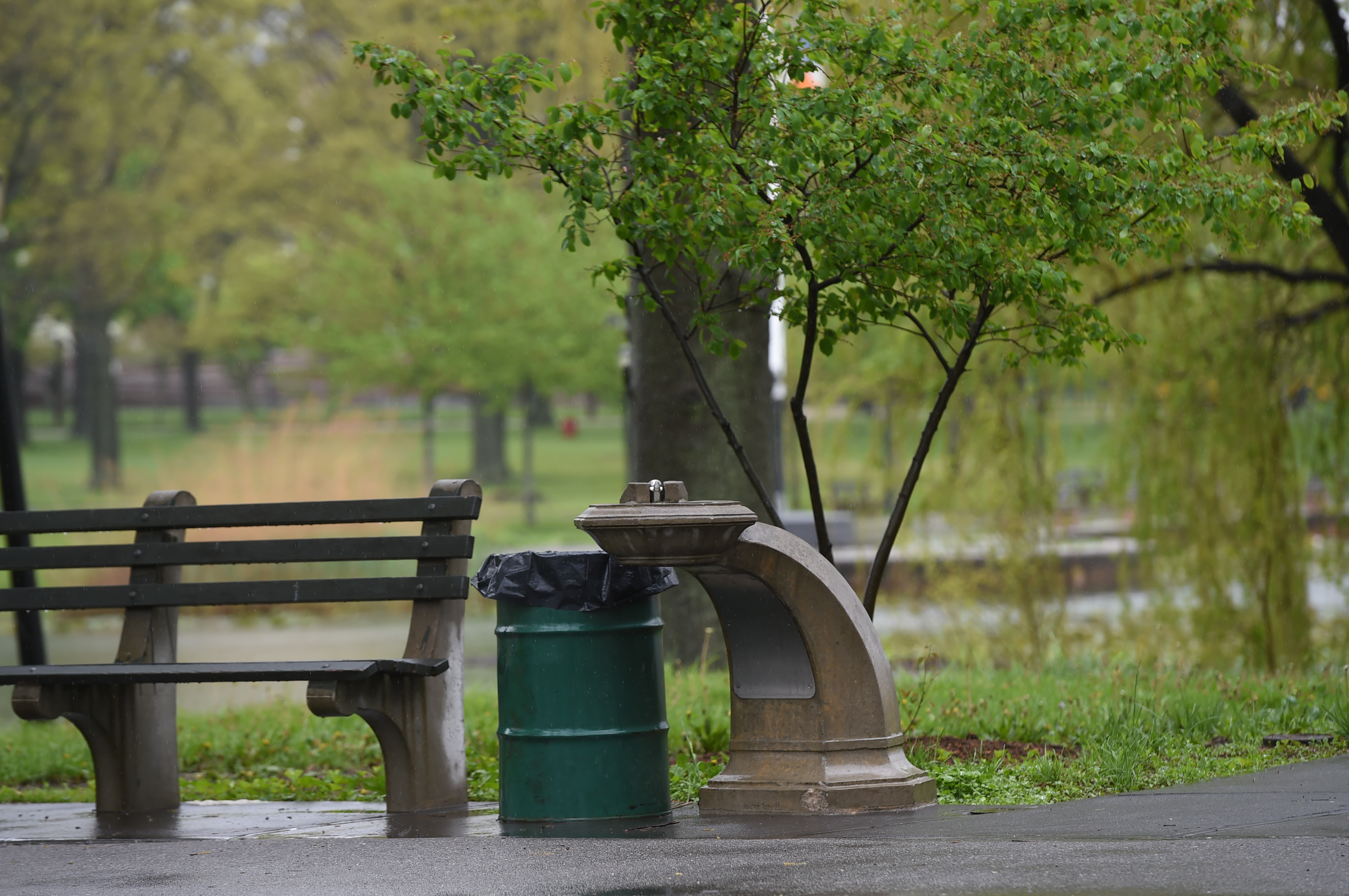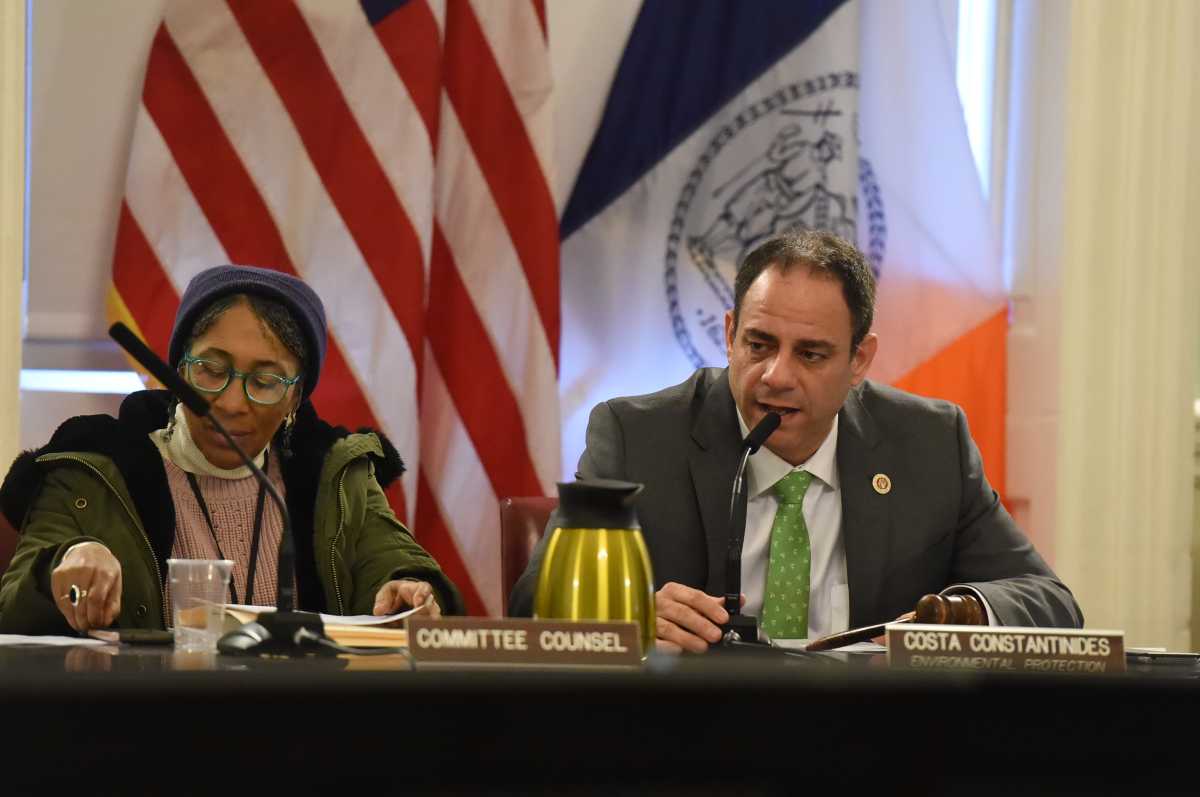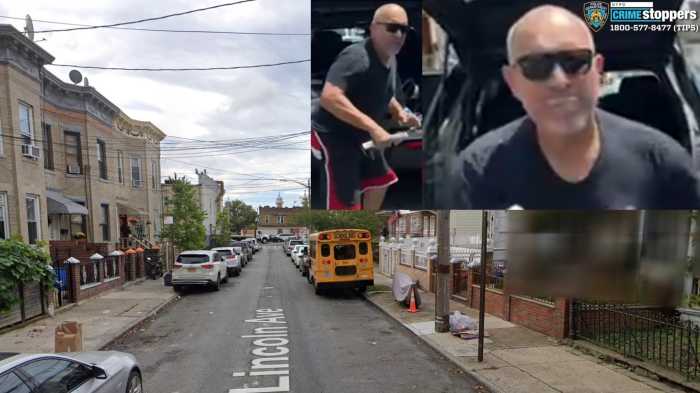The City Council Environmental Protection committee approved a bill Tuesday that would require the Parks Department to conduct testing for lead in soil at capital projects sites.
The bill, Intro 420-B, would require the Parks Department to test for lead concentrations in areas of parks that contain exposed soil and are intended to be used for active play or passive recreation whenever a capital project occurs in that area. If the tests find lead levels exceeding 400 parts per million, the project will be amended to remediate the contaminated soil.
The legislation, however, does not cover New York City Housing Authority Parks, where many of their dilapidated parks are 50 years old or more.
Environmental Committee Chairman Costa Constantinides said they are seeking to work out a separate bill that will cover NYCHA parks and “we are currently looking for traction on that bill, but we are working on it.”
The current bill would require the city to test the soil of proposed construction before getting started to determine if the lead levels are safe to leave as is. Soil determined to be contaminated, a concern voiced by many advocates in the past, would be remediated, removed or made inaccessible to the public.
Councilman Kalman Yeager said it is “the least we can do to make sure lead levels are remediated if needed. However, Yeager expressed fears that a short-term project might turn into a years-long effort should remediation become necessary.
“The Parks Department is famous for turning a six-month project into 12 years and lead could be a good excuse,” Yeager said. “We have to make sure this doesn’t lead to unnecessarily elongate projects.”
Councilman Carlos Menchaca said they have had massive developments in Red Hook where fields were found to have large amounts of lead, in one case, there was a lead factory on the site of a proposed construction site. He called this “important legislation.”
Constantinides said he has been concerned about the long term exposure of children to lead at parks and he said the bill would go a long way to preventing unnecessary lead exposure.
This past year, soil at a corner of McCarren Park in Williamsburg that is known to be populated with picnicking families in the warm weather was found to have lead levels above the health guidelines set by the state.
A report by WNYC found the lead levels in several New York City parks that were high, including McCarren Park, which reported levels back in May of 416 ppm, above the New York State and Environmental Protection Agency standard of 400 ppm.
Researchers collected 30 samples in the plot and found that 87 percent were above 150 ppm, a standard that has been proposed to replace the current New York State guideline. McCarren’s average lead level was 201 ppm, making it the most contaminated park of the three that WNYC tested.
This past year, high lead levels were also reported in some drinking fountains, that were later closed to the public and repaired, the Parks Department reported last year. There were 3,500 drinking fountains checked by the city in May as part of the mayor’s “LeadFreeNYC program.”





































